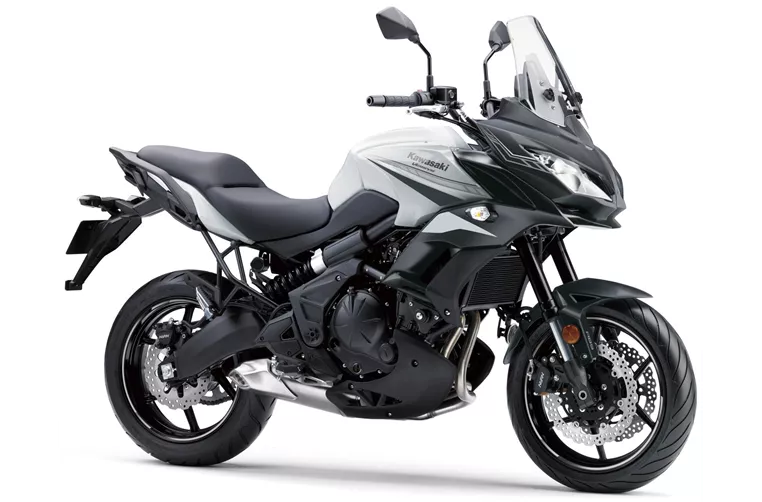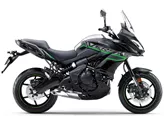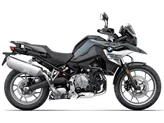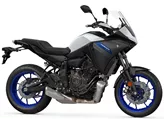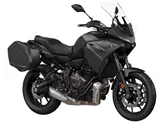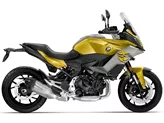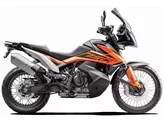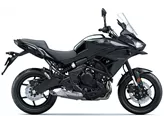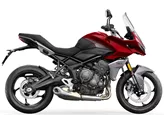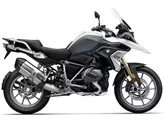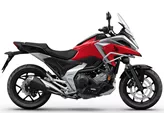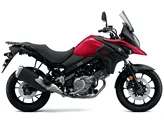Kawasaki Versys 650 2020 vs. BMW F 750 GS 2018
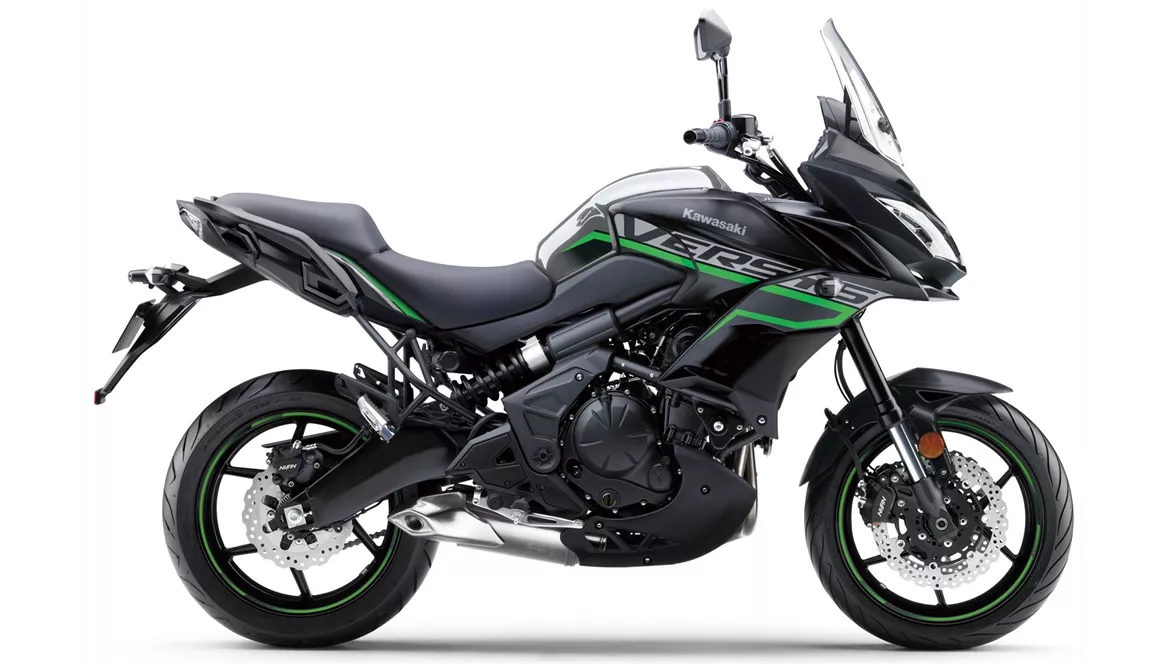
Kawasaki Versys 650 2020

BMW F 750 GS 2018
Overview - Kawasaki Versys 650 2020 vs BMW F 750 GS 2018
The Kawasaki Versys 650 2020 and the BMW F 750 GS 2018 are both enduro motorcycles that offer a combination of on-road and off-road capabilities. While they have some similarities in terms of engine type, transmission, and braking system, there are also notable differences in their technical specifications and strengths.
In terms of engine performance, the BMW F 750 GS 2018 has a more powerful engine with 77 HP compared to the Kawasaki Versys 650 2020's 69 HP. The BMW also has a higher torque of 83 Nm compared to the Versys' 64 Nm. This means that the BMW may offer better acceleration and power delivery, making it more suitable for off-road adventures.
Both motorcycles have a similar engine configuration, with an in-line 2-cylinder design. However, the BMW has a larger displacement of 853 ccm compared to the Versys' 649 ccm. This may result in the BMW having a slight advantage in terms of overall performance and power.
In terms of suspension, the Kawasaki Versys 650 2020 features an upside-down telescopic fork for the front suspension, while the BMW F 750 GS 2018 has a telescopic fork. Both motorcycles offer adjustable rear suspension, with the Versys having rebound adjustment and the BMW offering preload and rebound adjustment. These suspension setups should provide a comfortable and controlled ride on various terrains.
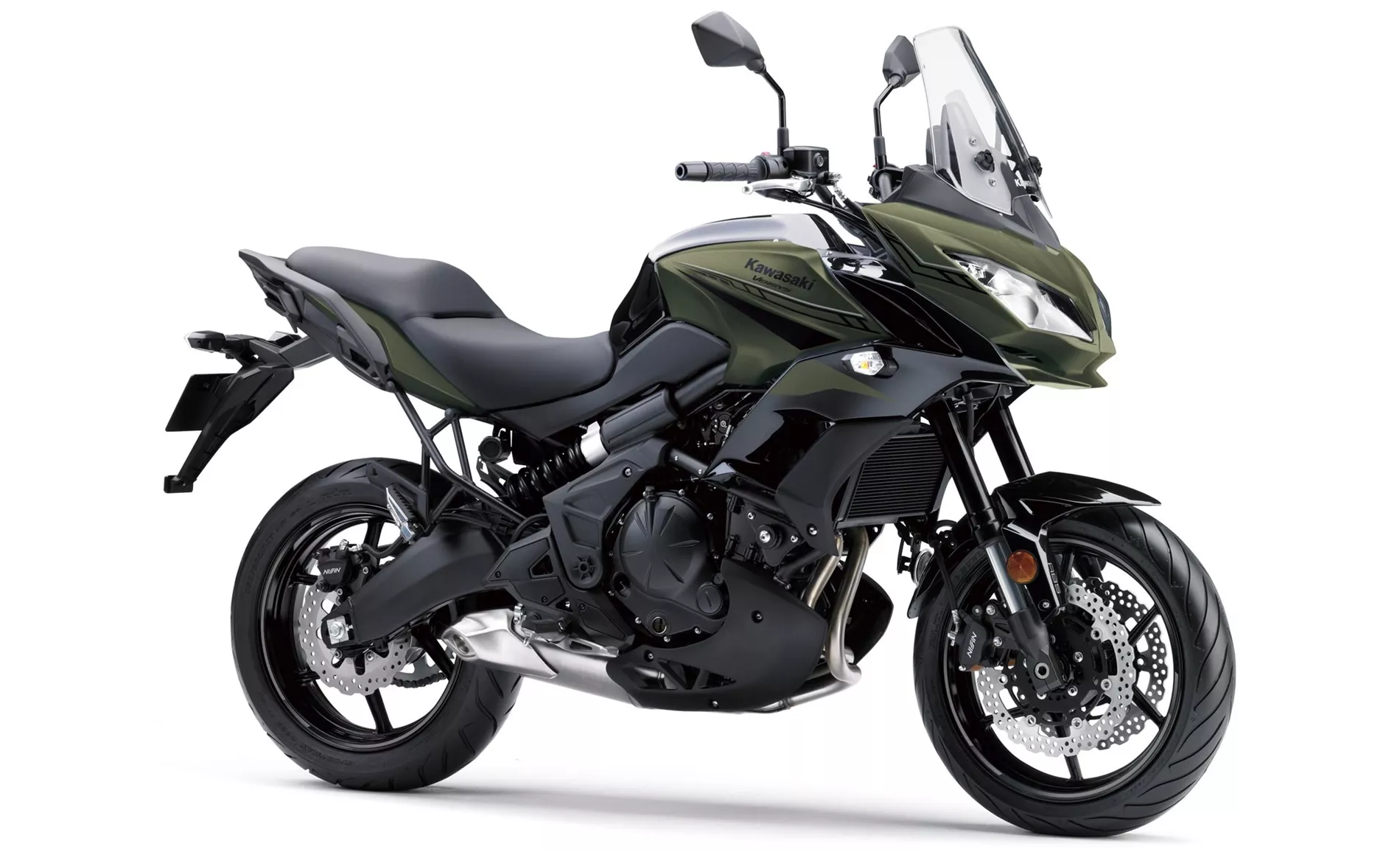
Kawasaki Versys 650 2020
The chassis of both motorcycles is made of steel, which offers durability and stability. However, the BMW has a longer wheelbase of 1559 mm compared to the Versys' 1415 mm. This may result in the BMW offering better stability and handling at higher speeds, while the Versys may be more agile and nimble in tight corners.
In terms of braking, both motorcycles feature double disk brakes at the front. This should provide sufficient stopping power and control. However, the BMW F 750 GS 2018 has the advantage of having stable brakes, which may offer better confidence and control during braking maneuvers.
When it comes to dimensions and weights, the BMW F 750 GS 2018 has a larger front tire diameter of 19 inches compared to the Versys' 17 inches. The rear tire width of the BMW is also slightly smaller at 150 mm compared to the Versys' 160 mm. These differences in tire sizes may result in slight variations in handling and stability.

BMW F 750 GS 2018
The seat height of the BMW F 750 GS 2018 is lower at 815 mm compared to the Versys' 840 mm. This may make the BMW more accessible to riders with shorter inseams. However, the Versys has a larger fuel tank capacity of 21 liters compared to the BMW's 15 liters. This may result in the Versys offering a longer range between refueling stops.
In terms of strengths, the Kawasaki Versys 650 2020 offers great travel comfort, a pleasant and comfortable chassis, and an easy-to-use design. It also has a seating position ready for touring and agile, light-footed handling. On the other hand, the BMW F 750 GS 2018 has a powerful engine with a pleasant sound, a comfortable seating position, stable brakes, and playful handling. It also offers an extensive range of accessories, riding modes, traction control, and LED headlights.
However, both motorcycles have their weaknesses. The Kawasaki Versys 650 2020 experiences vibrations in the footpegs and has some response behavior issues during the transition from pushing to load operation. It also has a high weight, which may affect maneuverability. On the other hand, the BMW F 750 GS 2018 has a very low bikini screen, which may not provide sufficient wind protection. It also has an inconspicuous appearance, which may not appeal to riders looking for a more visually striking motorcycle.
In conclusion, the Kawasaki Versys 650 2020 and the BMW F 750 GS 2018 are both capable enduro motorcycles with their own strengths and weaknesses. The choice between the two will ultimately depend on the rider's preferences and priorities, such as power, comfort, handling, and aesthetics.
Technical Specifications Kawasaki Versys 650 2020 compared to BMW F 750 GS 2018
Pros and Cons in comparison
Pros and Cons in comparison
Kawasaki Versys 650 2020
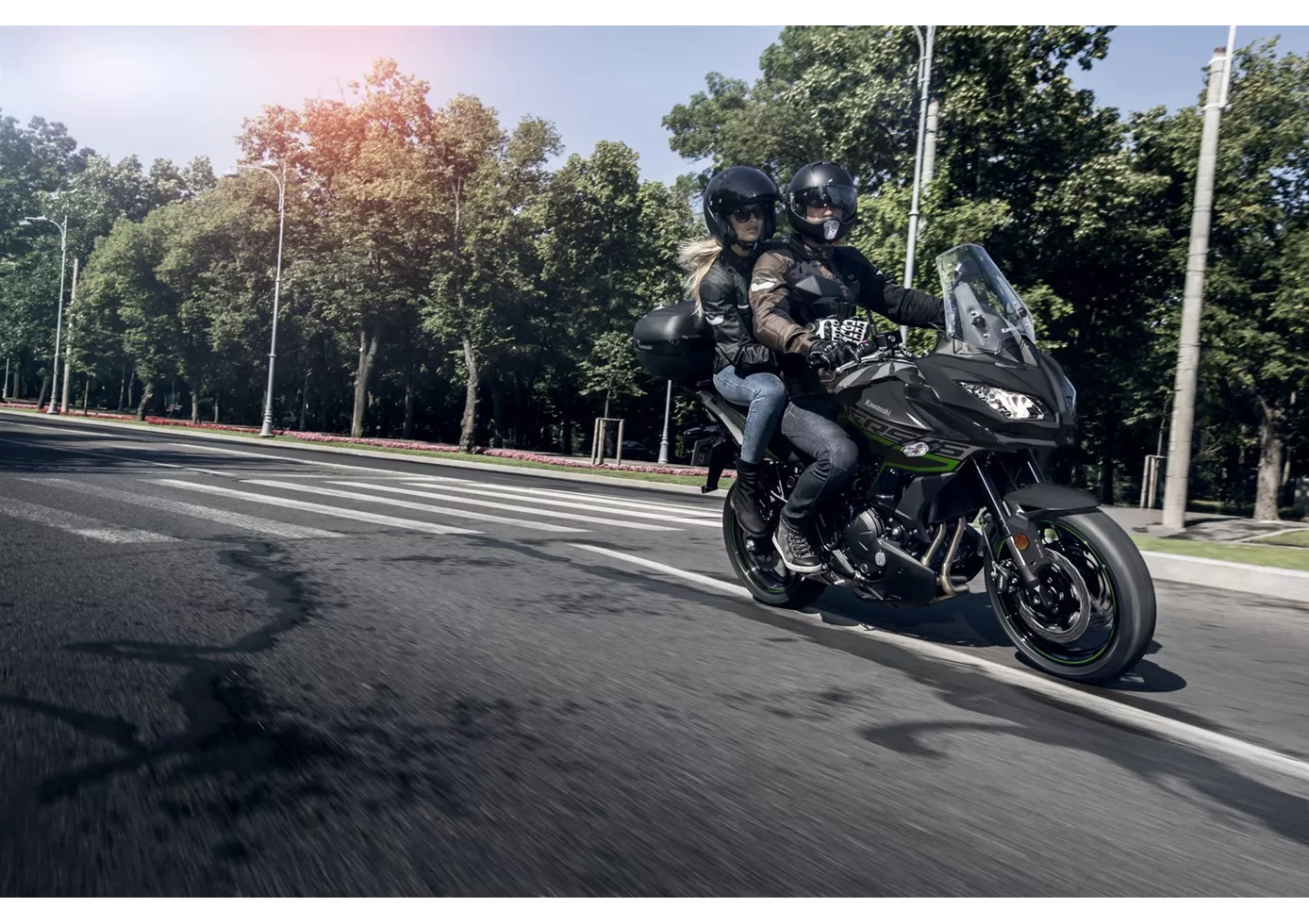
The 2019 model year Kawasaki Versys presented itself as a comfortable, stable yet lively touring machine. The motorbike is versatile and offers high utility value. It is a fully-fledged touring machine that is a pleasure to ride on extended tours. The bike offers a terrific price/performance ratio.
BMW F 750 GS 2018

Anyone who regards the BMW F 750 GS merely as an entry-level bike is doing it an injustice. Although the low seat height, easy handling and pleasant engine response are indeed suitable for beginners, the "small" GS is also a lot of fun for advanced riders. The possibility of raising the F 750 GS to the level of an upper-class bike with all kinds of luxury features is unique and makes it the ultimate wolf in sheep's clothing.
Price Comparison Avarage Market Price Kawasaki Versys 650 vs BMW F 750 GS
There are a few key differences between a Kawasaki Versys 650 2020 and a BMW F 750 GS 2018. In terms of price, the actual average price of a BMW F 750 GS 2018 is about 34% higher. Compared to BMW F 750 GS 2018 there are more Kawasaki Versys 650 2020 bikes available on the 1000PS.de Marketplace, specifically 11 compared to 5. It takes less time to sell a BMW F 750 GS with 77 days compared to 137 days for the Kawasaki Versys 650. Since model year 2007 1000PS.de editors have written 39 reviews for the Kawasaki Versys 650 and 23 reviews for the BMW F 750 GS since model year 2018. The first review for the Kawasaki Versys 650 was published on 7/25/2006 and now has more than 3,900 views. This compares to more than 54,400 views for the first review on BMW F 750 GS published on 11/7/2017.
